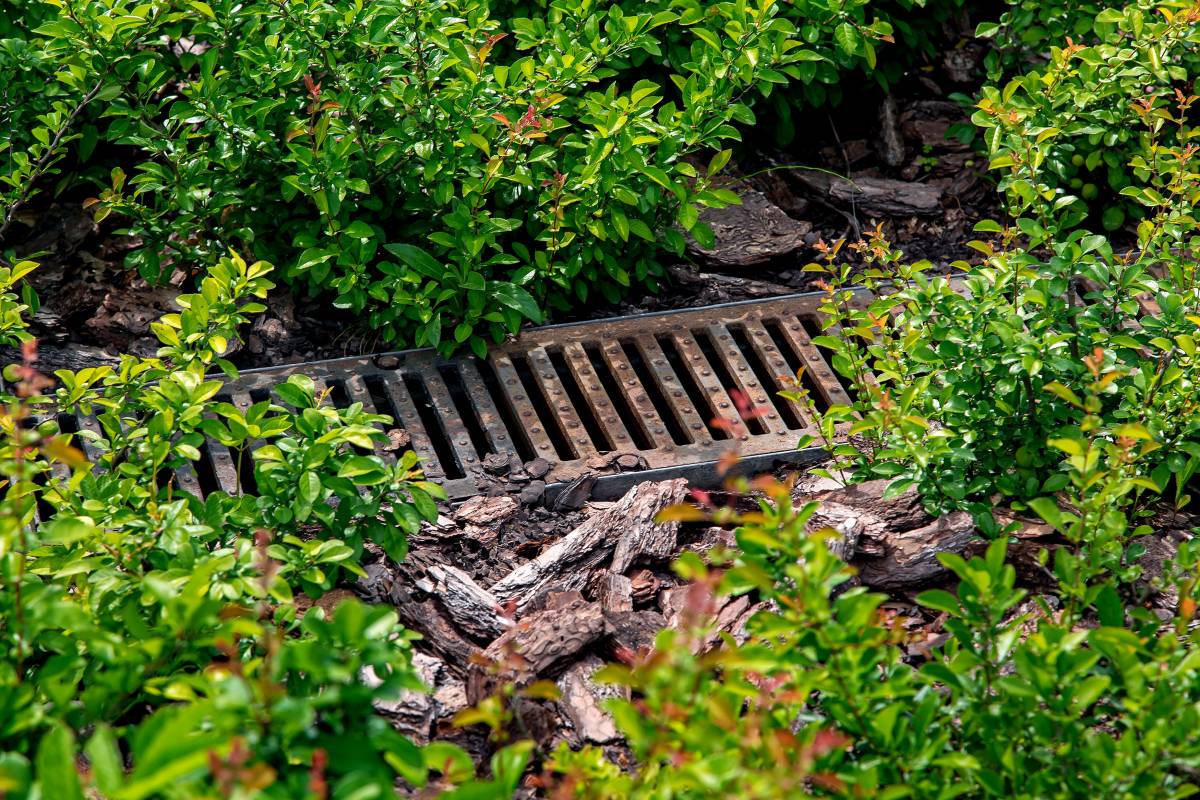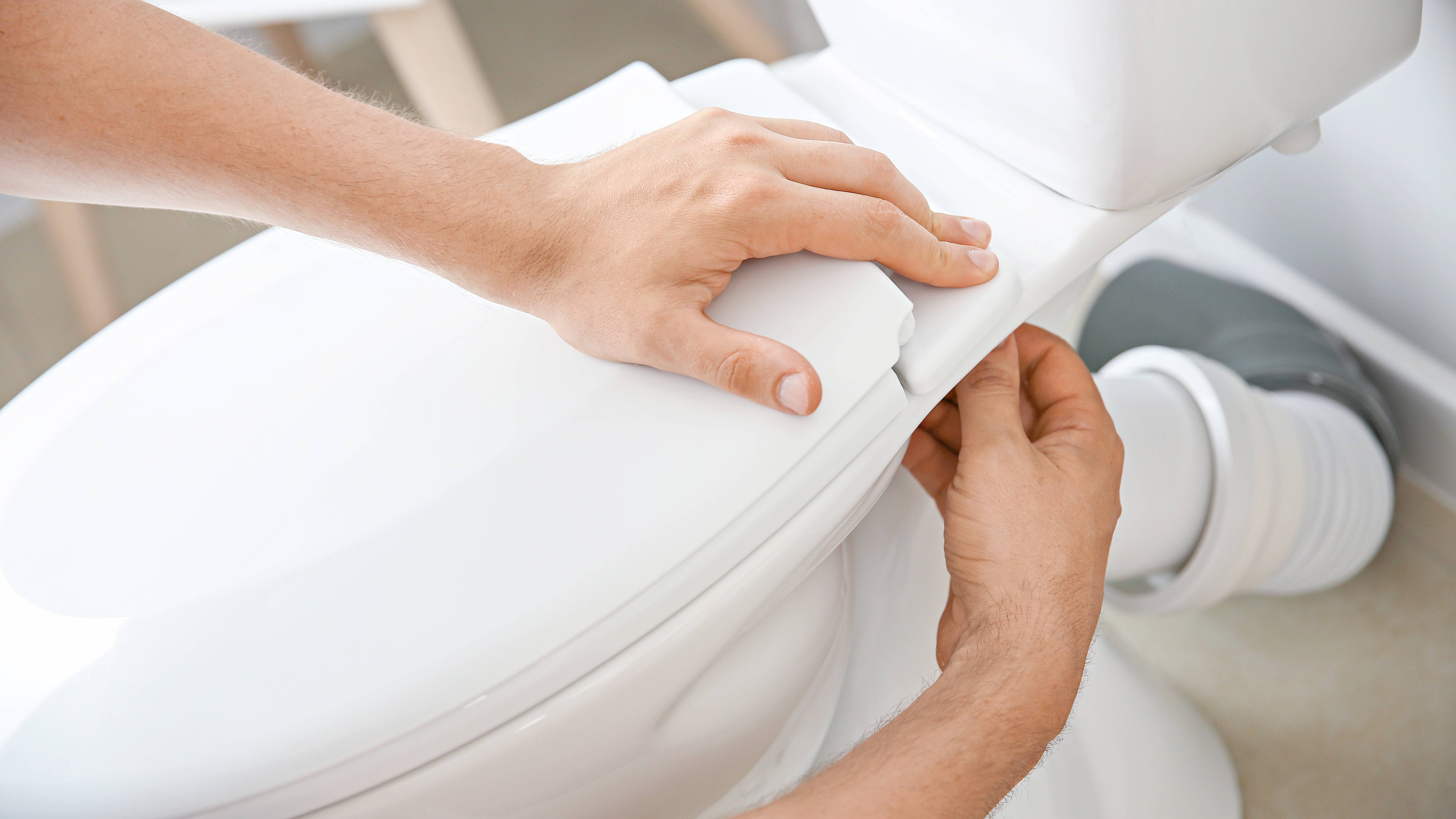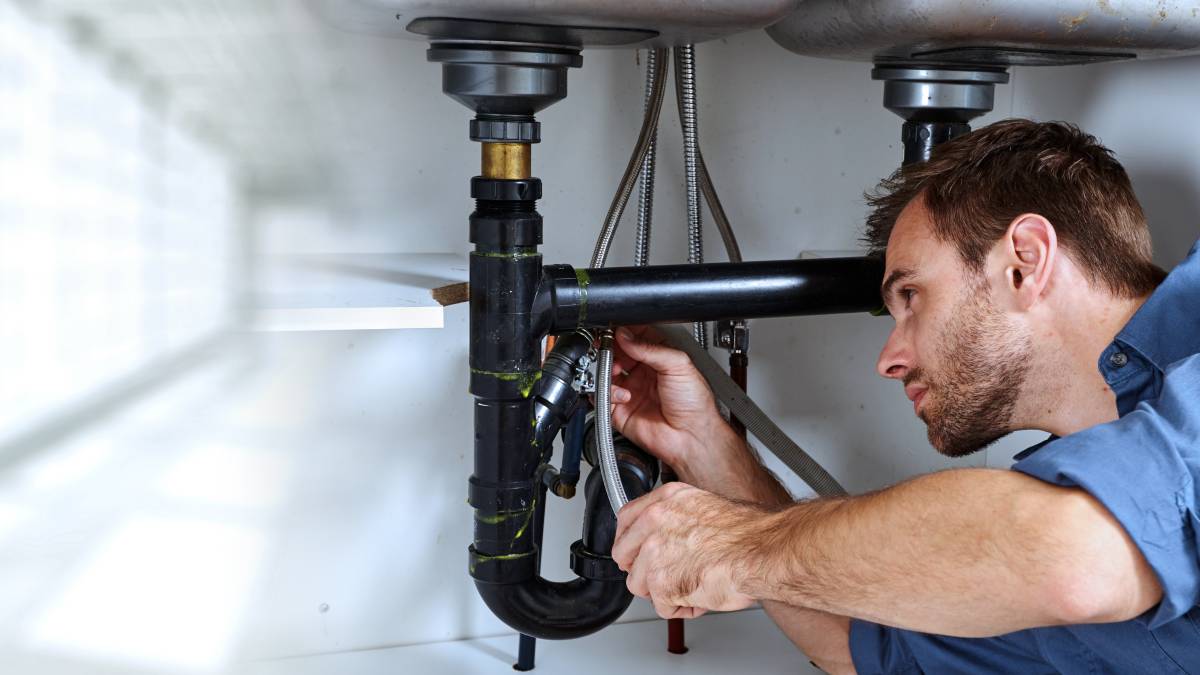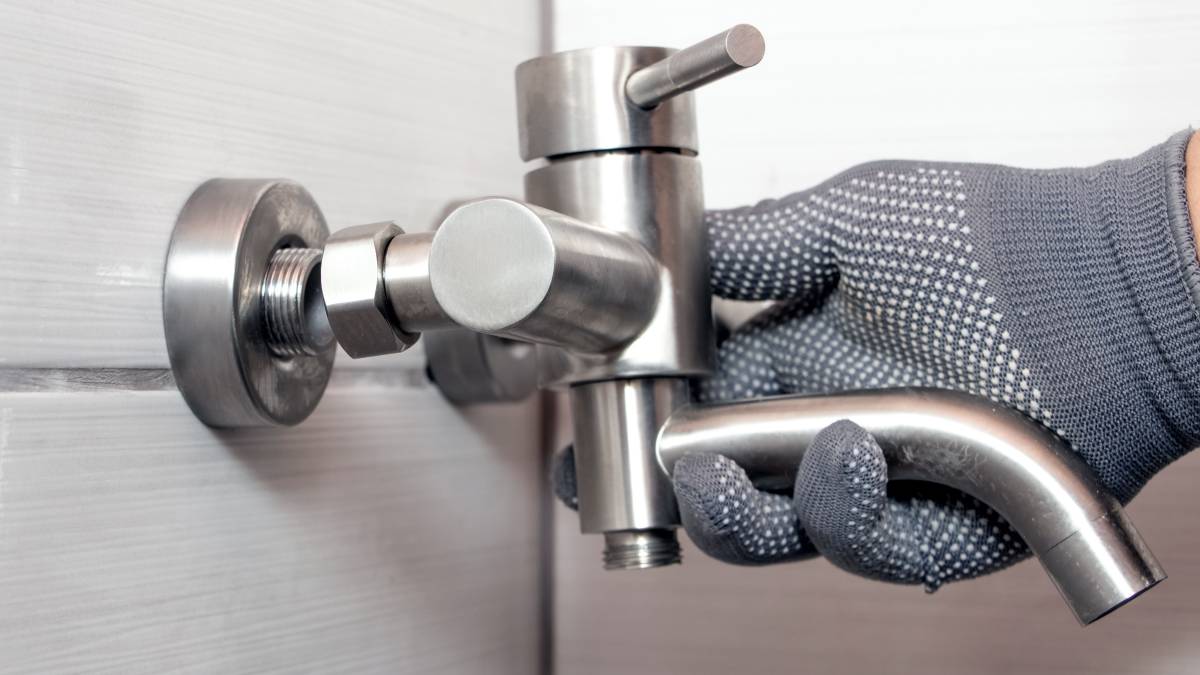- Home/
- Guides/
- Drain Cleaning/
- How to Unclog a Drain
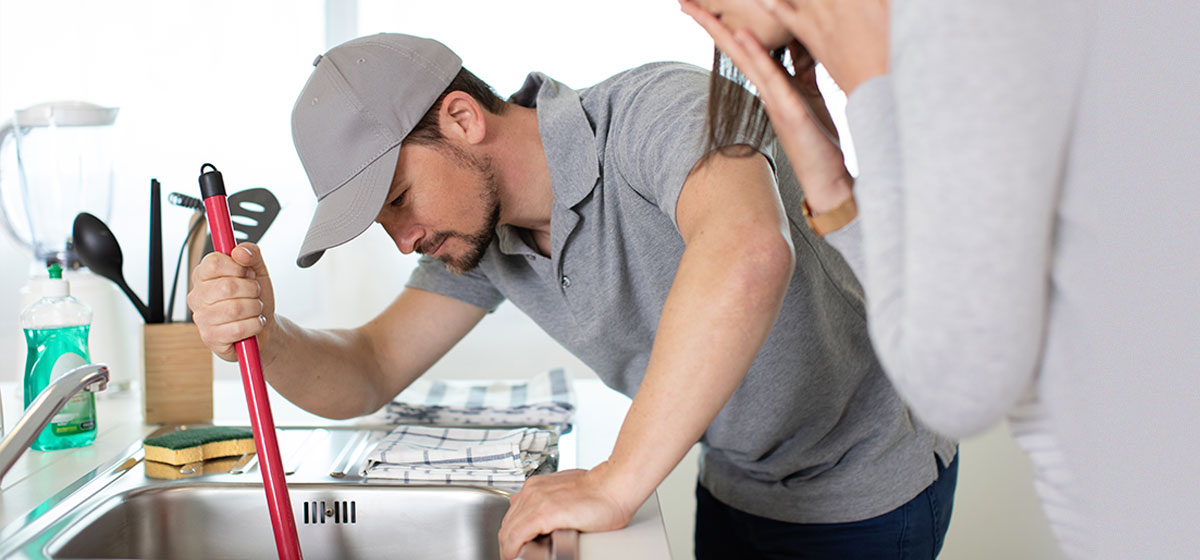
How to unclog a drain, 7 simple and easy ways
Find a drain cleaning expertLast Updated on
You may be doing the dishes or having a shower when you start to notice the drains are getting slower and slower at passing water. There is that empty feeling in your stomach that thinks you may be up for some expensive plumbing work or need to live without a shower for a few days. Learning how to unblock a drain is a great way to rectify the problem cheaply and quickly in some cases.
The issue often means your drain is blocked with something somewhere in the pipes. There are a few troubleshooting methods you can try to fix the issue which may unblock your drain without too much fuss or hassle. We recommend you give these a go as your first port of call before having to call in the professionals.
7 Easy ways to unclog the drain
1. How to unclog a drain with baking soda and vinegar
These two natural cleaners are perfect for any drain, from the kitchen to the bathroom. Mix 1/3 of a cup of vinegar with 1/3 of a cup of baking soda which will cause an immediate fizz.
Pour it straight down the sink and allow it to sit for an hour minimum. The longer you leave it, the better the chance of it working, so you may wish to do this before bed and leave it overnight. When enough time has passed, flush it with some hot water, and hopefully, the blockage is no more.
2. How to unclog a drain with boiling water
A very simple and quick remedy for some blockages is boiling water. Simply boil the kettle with as much water as it can hold, then carefully and slowly pour it down the drain. It is best if you do this in stages with ten-second gaps between each pour. The boiling water will hopefully dissolve the obstruction, clearing your pipes.
3. How to unclog a drain using salt and baking soda
Much like the vinegar and baking soda idea, salt and baking soda is another standard household implement option that you can try. Mix half a cup of baking soda with half a cup of salt. Pour it down the blocked drain and let it sit for around 10-20 minutes. Follow this with boiling water which, when mixed with the salt and baking soda will create a chemical reaction that may be able to dissolve whatever is blocking your pipes.
4. How to unclog a drain using a plunger
Sometimes it’s the old-school techniques that work the best! Plungers are tried and proven. They will suck up the blockage in the drain however require a bit of strength and persistence. Make sure the plunger covers the entire drain hole to create suction; any gaps will render it useless. It may take a few tries, but many household drains have been saved with this method, so it is definitely worth a shot.
5. How to unclog a drain using chemical cleaners
If the above methods have not been successful, opt for something a little stronger. You’ll be able to find a chemical drain cleaner at the local supermarket or hardware store. You simply pour it down the drain and leave it to sit for whatever length of time is stated in the accompanying instructions.
When you are ready, run hot water down the sink to reveal a working, unblocked drain. This is not the safest or most environmentally friendly option to use, and it is important that you exercise caution and follow the instructions when using chemical cleaning products.
6. How to unclog a drain using organic cleaners
If you would like to opt for a more environmentally friendly option, an organic cleaner may be best. You should be able to find these in the same place as the chemical option. These cleaners use enzymes to eat away blockages, albeit not as powerful as chemical cleaners. If your blockage has been caused by hair, soap, or fat, this could be a suitable solution.
7. How to unclog a drain by cleaning the pipe
If you are handy with some tools, and pouring things down the drain isn’t working, you can attempt to remove and clean the pipe yourself. This is a more advanced method as it involves taking apart a drainpipe, but it can be a little more simple than you think.
Use an empty bucket and place it underneath the U-shaped pipe beneath your sink to collect any leaks during the process. Use a wrench and loosen the slip nuts at both ends of the pipe to remove it. Empty the pipe and use an old toothbrush to clean away any build-up. Rinse the pipes with water then reattach.
How to unclog a shower drain
While most of the methods listed above work for both kitchen and shower drains, removing and cleaning the pipes of a shower is not as simple as that of a sink. If the pour-down methods aren’t working, you can try to unclog a shower drain with a plumber’s snake or auger. There are both manual and electric options that involve a power drill.
To do this, insert the snake into the drain as far down as possible until it hits whatever is causing the blockage. Turn the handle to hook the clog and continue to push the snake down the drain. Resistance means clogs so begin turning the handle so the snake can do its thing, breaking up the clog.
When the resistance lessens, the drain should be clear. Remove the snake slowly as it may be pulling the blockage up with it and you don’t want it falling back down a replugging the drain. Also, prepare to possibly see something gross. We’ve warned you.
Run hot water down the drain to make sure everything is back to normal and consider some of these tips to prevent future shower blockages:
- Use a drain cover or strainer to catch loose hairs
- Brush your hair before you shower.
- Pour a full kettle of boiling water down your pipes once a week to dislodge grease and soap before the problem worsens and clogs
- Never pour dirty mop water or waste down the shower drain
How to unclog a sewage drain
The main sewer line can be a serious issue and should be addressed as quickly as possible. Left unattended this can lead to multiple backed-up sinks or toilet waste draining into the tub. The DIY process, which is by far the cheapest and often quickest option is as follows:
- Loosen the cap on the drainpipe
- Allow the buildup to drain out
- Feed an auger cable into the drainpipe
- Twist until the clog is clear
- Hose down the pipe
- Replace the cap
This simple method obviously requires an auger, and if this does not work, or you cannot locate the source of the blockage, you may need to call a professional. You will be able to purchase an auger for your home from any hardware store.
Have your drain unblocked with Airtasker
If you are dealing with a blocked drain, we truly hope that one of the above methods has worked and the problem is fixed quickly! If that isn’t the case, you’ll be able to find Taskers who excel in various plumbing services, ready to help get your drains clear and back to working order.
FAQs
Plumbers have a number of devices to unblock drains starting with CCTV cameras to pinpoint the location of the blockage. Plumbers often use a snake, which is a long flexible steel rod with cutters, great for stubborn blockages or tree roots. These do however have limited reach so plumbers may also use powerful hydro-jet devices which send high-pressure forces of water to unblock drains. If the problem is more significant, plumbers may need to replace drainpipes altogether.
There is a multitude of elements that can block an outdoor drain. These drains are far more susceptible to natural debris like trees, shrubs, dirt and leaves, which is why regular garden maintenance is essential. Sometimes, however, you cannot see the problem, as tree roots grow underneath the earth and search for water which will lead them straight to your drains. Throughout the wet season, heavy rainfall can also cause water build-up and an overflow of rainwater in gutters and downpipes. Your pipes may not be able to handle this much water, and it can cause issues.
Find drain cleaning experts, fast
Find a drain cleaning expert
Related articles
Related price guides
